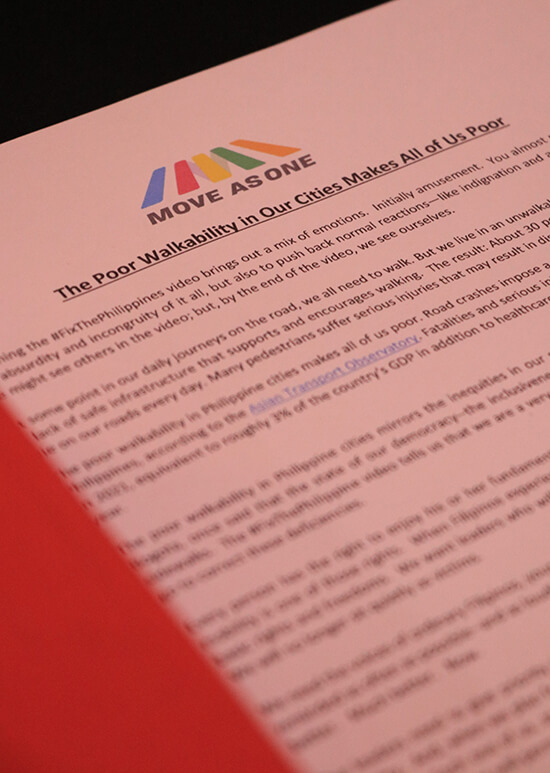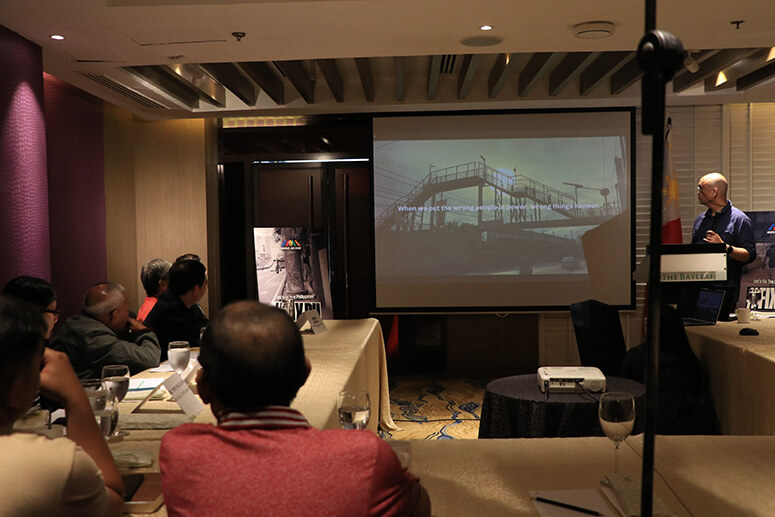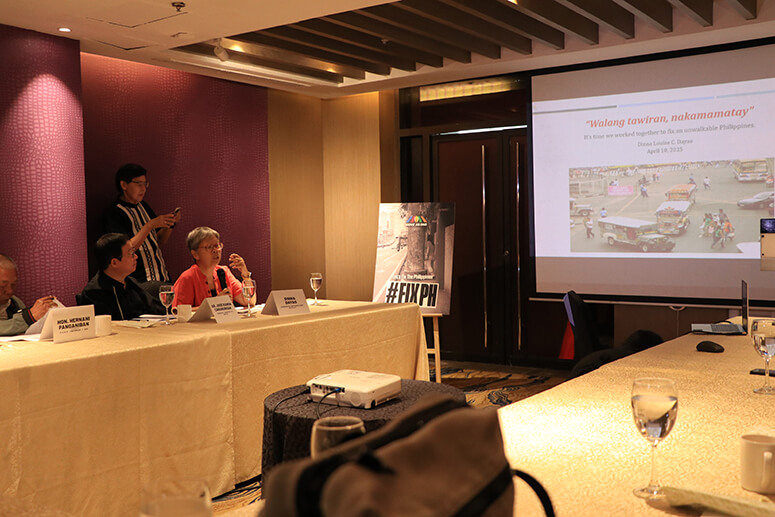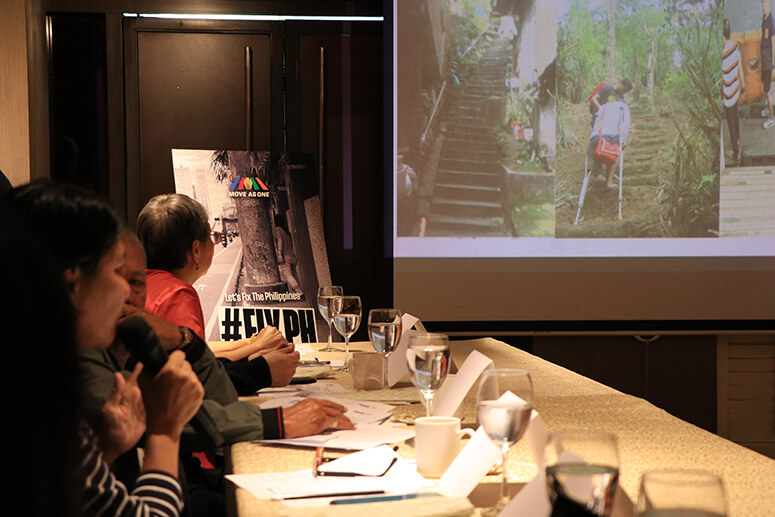On a recent trip to Kaohsiung, Taiwan, I averaged 20,000 steps a day—and actually enjoyed it. From the moment I landed, I could walk straight from the airport to the train station and get to my hotel in the city. Public transport was seamless, stations connected directly to key areas, and everything felt designed for people, not just vehicles.
The sidewalks were clean, shaded with trees and pleasant to walk around. At intersections, cars and motorcycles automatically stopped for pedestrians. At-grade crossings made it easier for everyone – including wheelchair users – to cross safely. Just enjoying the most basic infrastructure felt like a dream.
Back in Metro Manila, walking tells a very different story. Navigating the streets can be a pedestrian nightmare.
According to the paper “Assessment of Pedestrian Facilities in Major Cities of the Philippines,” 77.5% of Metro Manila commuters spend more time walking to their destination than actually riding public or private transportation. This means that most pedestrians face real hazards due to poor infrastructure.
Just take a look at the daily plight that Filipino pedestrians face in Metro Manila in the video #FixthePhilippines by the Move As One Coalition and TBWA\SMP.
Poorly built and outright dangerous pedestrian paths are the sad reality. The sidewalk under MRT-3 Ortigas Station squeezes pedestrians into tight spaces to make way for cars. The infamous “Mount Kamuning” forces people to climb a long and steep footbridge along EDSA with no protection from heat, rain, or pollution.
As shared during a media roundtable by the Move as One Coalition, only 6% of Filipino households own cars, yet our roads seem to favor car owners rather than pedestrians.

Even the newer, planned neighborhoods, while comparatively pedestrian-friendly, cater to the car-centric crowd, with pedestrians treated as an afterthought.
So what does real walkability look like? Here are key elements that make a city walkable.
Designated pedestrian paths and bike lanes
An SWS Survey shows that 87% of Filipinos want priority on roads for public transportation, bicycles, and pedestrians over private vehicles. This means more pedestrian walkways, bike lanes, end-of-trip facilities, and better standards and policies.
Existing sidewalks are often narrow, broken, or used as parking spaces or commercial stalls, forcing pedestrians into the street. Sidewalks need to be wide enough, continuous, unobstructed, safely separated from vehicles and accessible. Simply painting a line on the road is not a safe solution, especially if motorized vehicles ignore the lines compared to proper divisions. If raised or separate sidewalks can’t be built, using concrete plant boxes or structural barriers would be ideal.

Secure and well-lit areas
People feel safer walking in well-lit areas with visibility, security guards, and light foot traffic. Nobody wants to walk through a dimly lit alley alone, especially at night. Security can be enhanced with better lighting, CCTVs, and the presence of patrols or guards.
Take the Lagusnilad Underpass near Manila City Hall and Intramuros, which was once notorious for petty crime. After a major renovation, it now has lights, plants, murals, and guards. Not only does it feel much safer, it’s become a tourist destination.

Clean and engaging environments
While clean streets are the baseline, there have to be points of visual interest to keep people engaged. In many pedestrianized tourist areas, shops, cafes, and window displays make a place more appealing. Artistic murals, like those seen in the QC Elliptical Underpass going to QC Circle, or public art can breathe new life into the most boring and utilitarian spaces. Landscaped pocket gardens and mini-parks also make an area more fun to walk around.
Seamless and connected routes
Walkable places offer direct, uninterrupted routes between destinations. It’s frustrating when you try to walk a short distance only to be forced into a long, roundabout detour. Good design connects neighborhoods, amenities, and transit points through a cohesive network. Street layouts should support easy navigation. Streets designed in a grid are far more walkable than circuitous roads built mainly for aesthetics.
Comfortable and convenient conditions
Walking in Metro Manila can be unforgiving without shade, shelter, or rest stops. Simple solutions like tree canopies, shaded paths, and benches can make walking much more humane.

Pedestrian footbridges and underpasses (which are expensive to build) redirect people away from the streets for the sake of vehicular traffic. But it can be tiring to walk up and around an elevated walkway or areas, rather than simply cross the street.
Even in areas with at-grade crossings, stoplights prioritize vehicles, leaving seniors and children scrambling to cross the roads. Would it be too much to ask to give pedestrians sufficient time and space to cross safely?

Walkability isn’t just about sidewalks. It’s about prioritizing the safety, comfort and convenience of pedestrians. If developers and city planners put people first, more people would enjoy walking around our cities.
As pointed out by Move as One Coalition, “Filipinos deserve more than the shoddy infrastructure that has turned our streets into obstacle courses. We all pay taxes, and we deserve high-quality infrastructure that will make walking safe and fun for Filipinos of all ages and abilities.”
#PropertyReportFeature
#FeaturedStory
